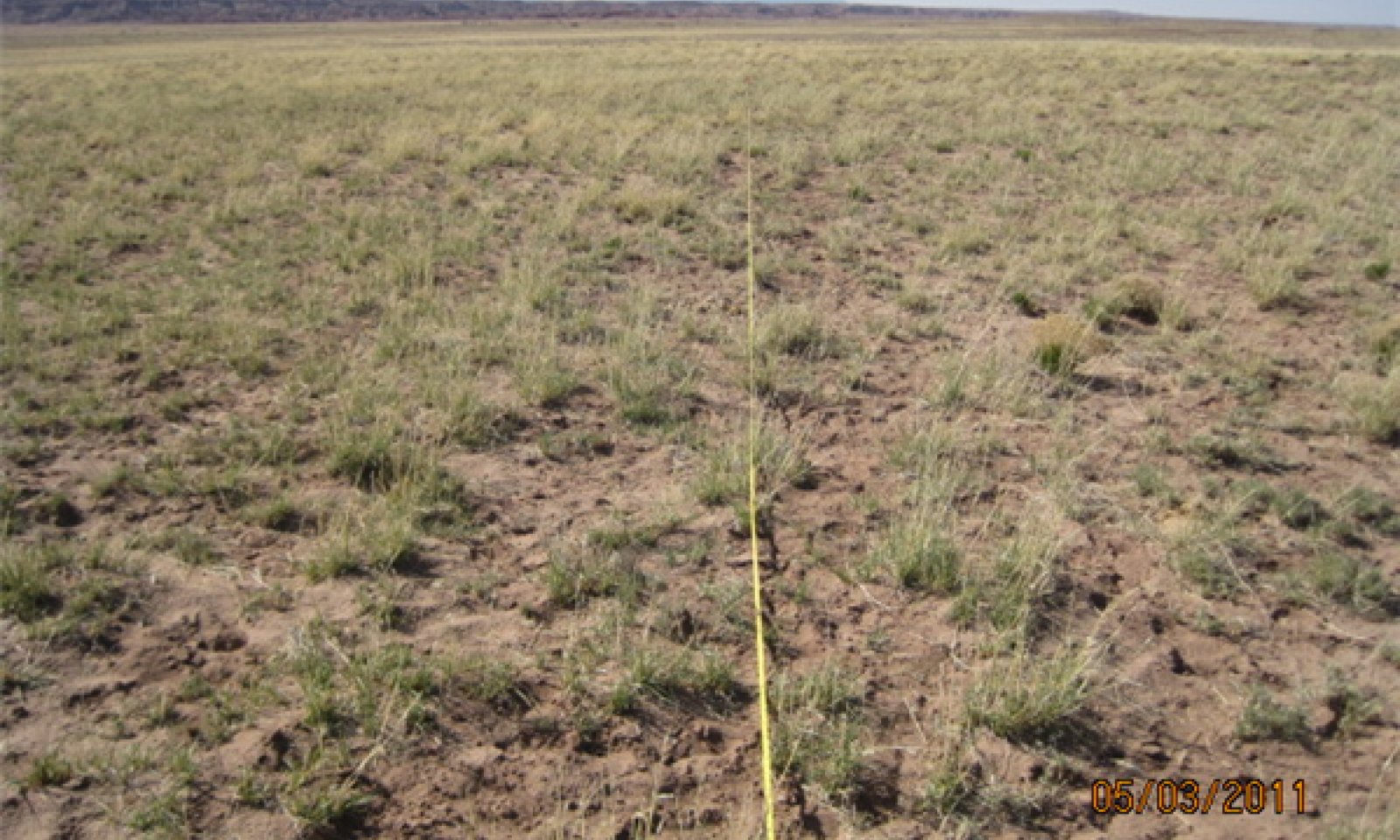
Sandy Loam Upland 6-10" p.z. Saline-Sodic
Scenario model
Current ecosystem state
Select a state
Management practices/drivers
Select a transition or restoration pathway
- Transition T1A More details
-
No transition or restoration pathway between the selected states has been described
Target ecosystem state
Select a state
Description
This state includes the Historic Climax Plant Community which is a grassland dominated community with some forbs and low growing shrubs.
Plant species most likely to invade or increase on this site with disturbance are broom snakeweed, black greasewood, annual forbs, and cheatgrass.
Submodel
Description
This community is a grassland dominated community with some forbs and low growing shrubs and non-native invasive annuals.
Plant species most likely to invade or increase on this site with disturbance are broom snakeweed, black greasewood, annual forbs, and cheatgrass. Non-native annuals are present and well established in the plant community and could make up to 25% of the plant community.
Submodel
Model keys
Briefcase
Add ecological sites and Major Land Resource Areas to your briefcase by clicking on the briefcase (![]() ) icon wherever it occurs. Drag and drop items to reorder. Cookies are used to store briefcase items between browsing sessions. Because of this, the number of items that can be added to your briefcase is limited, and briefcase items added on one device and browser cannot be accessed from another device or browser. Users who do not wish to place cookies on their devices should not use the briefcase tool. Briefcase cookies serve no other purpose than described here and are deleted whenever browsing history is cleared.
) icon wherever it occurs. Drag and drop items to reorder. Cookies are used to store briefcase items between browsing sessions. Because of this, the number of items that can be added to your briefcase is limited, and briefcase items added on one device and browser cannot be accessed from another device or browser. Users who do not wish to place cookies on their devices should not use the briefcase tool. Briefcase cookies serve no other purpose than described here and are deleted whenever browsing history is cleared.
Ecological sites
Major Land Resource Areas
The Ecosystem Dynamics Interpretive Tool is an information system framework developed by the USDA-ARS Jornada Experimental Range, USDA Natural Resources Conservation Service, and New Mexico State University.
